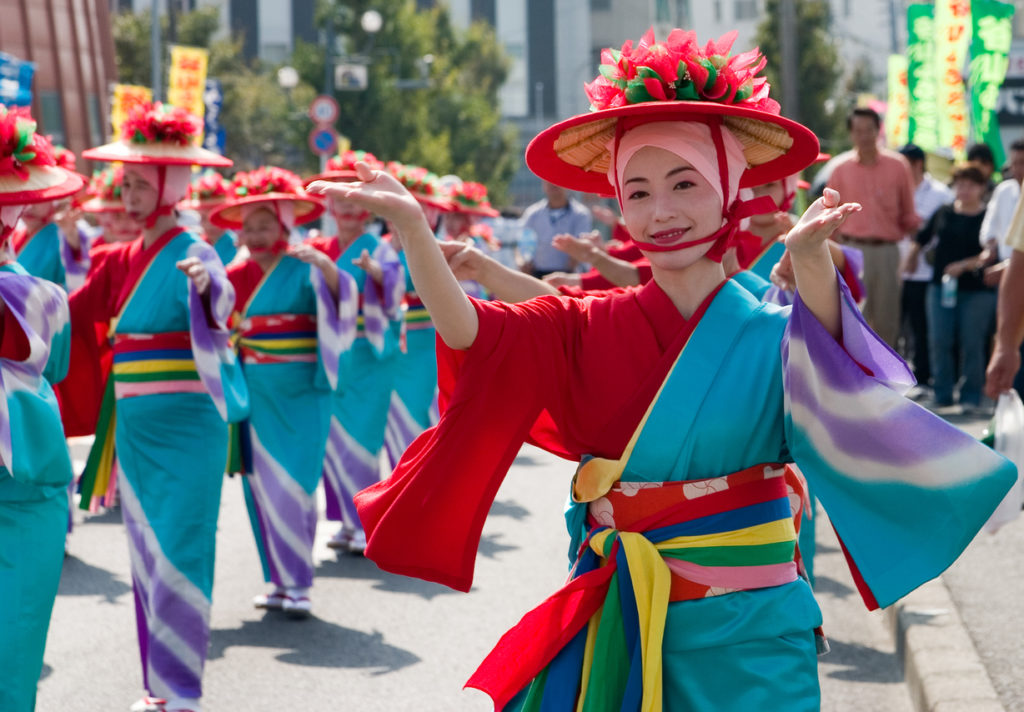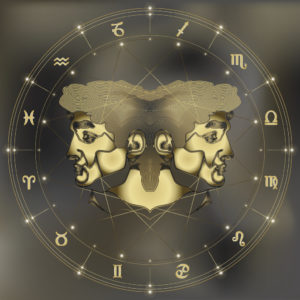As many anthropologists have pointed out, human beings are social creatures. From infancy, and throughout life, we crave love, self-esteem and the positive recognition of others. We need to feel that we belong somewhere – in a couple, a family, a club, or an identifiable sub-culture. As Maslow notes, we “hunger for a place in a group” and will “strive with great intensity to achieve this goal.”

Surely belongingness passes into Laban’s realm of “intangible values that inspire movement.” Interestingly, Laban links effort with “the growth of man’s communal sense.” He reasons that “man’s desire to orientate himself in the maze of his drives results in definite effort rhythms, as practiced in dancing and in mime. Tribal and national dances are created through the repetition of such effort configurations as are characteristic of the community. These dances show the effort range cultivated by social groups living in a definite milieu.”
The whole practice of dance ethnography rests upon this premise. In her recent study of nihon buyo and Japanese body culture, Tomie Hahn affirms that dance “can reveal how a community attends to the world and constructs its identity and art from shared sensibilities, shared sensual orientations.”
For Laban, this essential relationship between self and community is reflected in movement. In particular, the actor needs to be aware of the role of effort in portraying the character’s place in a society at a specific historical moment.
Find out more about how Laban applies this notion to the mastery of movement on the stage in the forthcoming MoveScape Center correspondence course.









